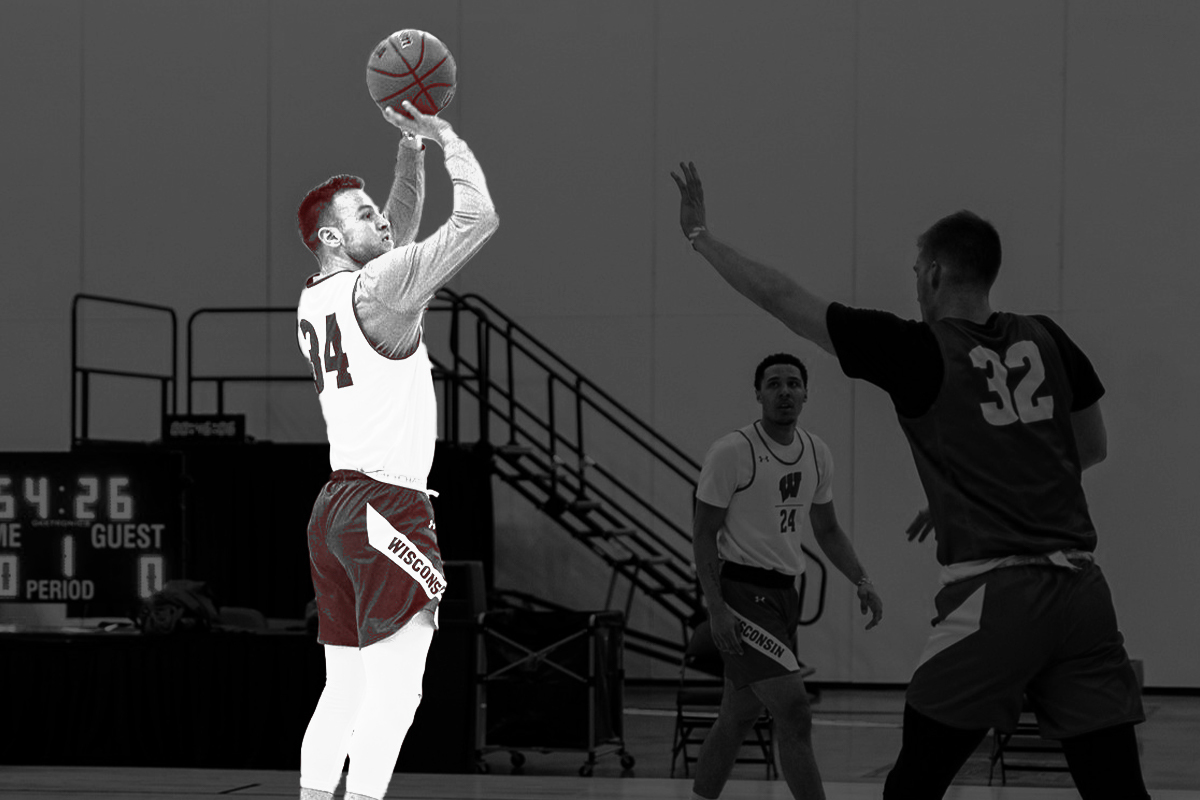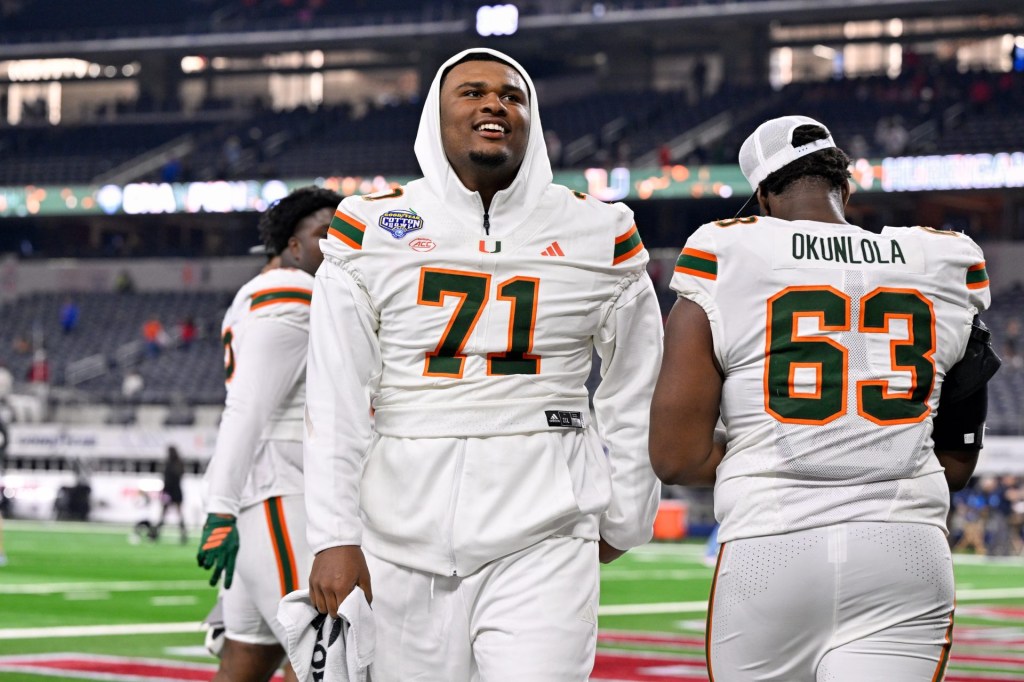The first few days have already seen delayed practices and positive tests.
In all, seven people tested positive as of Wednesday morning, Gavitt said.
Georgia Tech was the first to announce that a member tested positive. The team member won’t be able to participate in this week’s activities.
Six officials have to leave the tournament after one tested positive, Gavitt said, confirming a Stadium report. The officials won’t be able to work games, and the NCAA is bringing in four referees who have been on standby.
Contact Tracing
Protocols have caught enough early positive tests that the bubble remains intact for now.
But what happens if the virus appears after teams leave quarantine?
The NCAA will use contact tracing data and review game footage to figure out who else may need to be quarantined.
Team personnel wear small contact tracing devices while they’re working out and playing games — something many teams have already done during the regular season. The devices blink red as a warning when wearers come within six feet of each other.
Athletes can wear them on their wrists, on lanyards around their necks, or in patches sewn into their jerseys, Kinexon executive vice president Jim Garofalo explained to FOS.
Limitations
Contact tracing and quarantining plans may only go so far toward keeping it from spreading.
In indoor arenas, players heavily breathe each others’ air for prolonged time in an enclosed space without any type of face covering.
That could be more important information than contact tracing devices can provide, Muhlenberg public health professor Kathleen Bachynski told FOS.

















